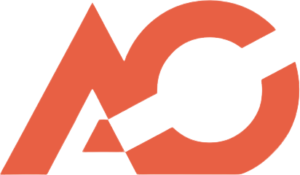Today marked a significant shift in our project’s trajectory as we discussed converting our existing system from Google Apps Script to a PHP framework with MySQL as the database. This strategic planning day involved evaluating technical requirements, discussing migration approaches, and outlining the transition roadmap.
The decision to transition away from our current architecture wasn’t made lightly. While Google Apps Script has served us well for rapid development and straightforward integration with Google Workspace, we’ve been hitting scalability limitations as the system grows more complex. After a thorough morning meeting with stakeholders, we identified several compelling reasons for this architectural shift:
- Performance bottlenecks with Google Sheets as our primary database, especially as data volume increases
- Transaction handling limitations that occasionally lead to data inconsistencies during concurrent operations
- Customization constraints within the Apps Script environment that restrict certain advanced features
- Cost considerations for large-scale deployments across multiple client organizations
I spent much of the day researching optimal approaches for this migration. The PHP/MySQL stack emerged as our preference due to its widespread adoption, extensive community support, and the team’s existing familiarity with these technologies. I evaluated several PHP frameworks including Laravel, CodeIgniter, and Symfony, documenting the pros and cons of each option for our specific use case.
A critical aspect of our discussion focused on data migration strategy. We need to transfer not just the raw data but also preserve all the business logic and workflows we’ve developed. I outlined a phased migration approach that would allow us to gradually transition modules while maintaining system functionality throughout the process. This includes creating intermediate data synchronization mechanisms to ensure continuity during the transition period.
I also conducted a detailed analysis of our current system’s database structure, identifying areas where we could improve schema design when moving to MySQL. The current flat structure in Google Sheets has led to some redundancy and normalization issues that we can address during migration. I drafted initial entity-relationship diagrams for key system components, focusing on optimizing relationships between users, shifts, leave requests, and attendance records.
The afternoon involved collaborative planning sessions where we prioritized which modules to migrate first. We decided to start with core authentication and user management functions, followed by shift management, and finally the more complex attendance and reporting systems. This sequence minimizes disruption to daily operations while establishing the foundation for the new architecture.
I ended the day by creating a detailed technical specification document that outlines our migration approach, including:
- Database schema designs for the new MySQL implementation
- API endpoint specifications for the PHP backend
- Authentication and authorization mechanisms
- Data migration scripts and procedures
- Testing methodologies for ensuring feature parity
- Timeline estimates for each migration phase
This transition represents a significant technical challenge but offers substantial long-term benefits in terms of performance, scalability, and flexibility. While I’ve grown comfortable with our current Apps Script environment, I’m excited about the possibilities that a more robust architecture will unlock for our system.

